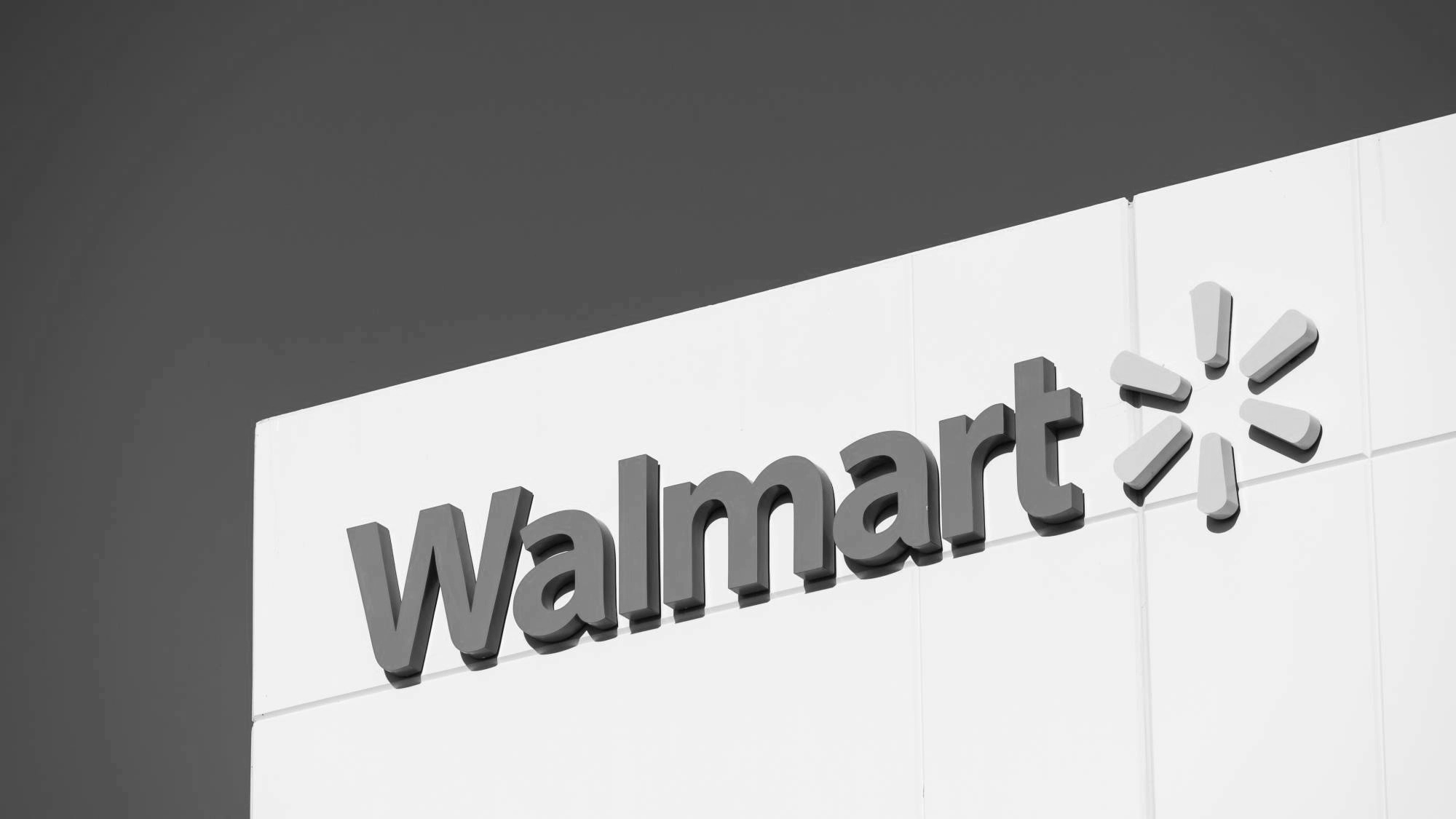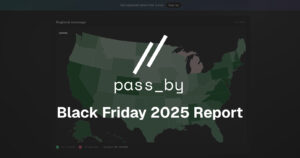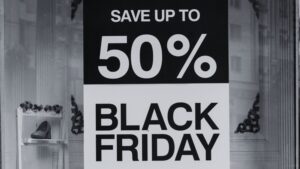For nearly a decade, Amazon Prime Day has been the defining retail event of mid-July — a digital blockbuster that not only floods inboxes with “lightning deals” but also triggers a wave of reactive discounting across the industry. But this year, a new dynamic is taking shape: rather than simply playing defense, many physical retailers are launching coordinated counteroffensives — and driving meaningful foot traffic growth as a result.
According to pass_by foot traffic data, major retail chains saw double-digit year-over-year increases in visits during the Prime Day window (July 16–17, 2024). That growth wasn’t just incidental. It appears to be the result of deliberate strategic moves aimed at capturing consumer attention away from Amazon and back into brick-and-mortar environments.
Big Box Goes Big
Walmart (+7.65%) and Target (+13.33%) both leaned heavily into Prime Day counterprogramming. Walmart launched its “Walmart Deals” event on July 8, a full week before Amazon’s sales went live — and crucially, extended those discounts into physical stores. The retailer’s strategy focused on category breadth (groceries, home, electronics, apparel) and price-matching, using its brick-and-mortar footprint to offer immediate gratification and omnichannel pickup.
Target, meanwhile, ran its “Target Circle Week” promotion from July 7 to July 13 — a curated sale for loyalty members that blended online discounts with aggressive in-store incentives. Its nearly 13.5% increase in foot traffic shows that customers responded well, particularly those looking for last-minute summer essentials.
Department Stores Make a Statement
The most surprising winners may be traditional department stores, which saw some of the strongest foot traffic gains:
- Macy’s: +20.26%
- Nordstrom: +19.73%
- Saks OFF 5TH: +15.81%
- Kohl’s: +14.92%
These figures point to a broader rebound in experiential shopping — a trend that Nordstrom itself highlighted during its 2024 Investor Day as a strategic priority. For these retailers, July’s performance reflects both aggressive markdowns and customer appetite for in-person discovery and styling — something e-commerce still struggles to replicate.
Kohl’s ran a “Summer Cyber Deals” event, which paired deep discounts with in-store loyalty bonuses. Macy’s leaned on private-label exclusives and on-floor activations. Saks OFF 5TH drove traffic through outlet pricing across premium brands, a clear differentiator from Prime’s more general assortment.
Specialty Retailers Hold Their Ground
Several focused retail banners also posted strong Prime-period performances:
- Old Navy: +17%
- Ulta Beauty: +10.36%
- New Balance: +4.71%
- Best Buy: +5.14%
Old Navy and Ulta leaned heavily into back-to-school positioning, drawing early shoppers with tiered promotions and beauty events. Ulta’s successful in-store events and sampling campaigns continue to drive tactile engagement — a model that contrasts Amazon’s largely transactional experience.
Best Buy’s Prime counter, called “Black Friday in July”, offered both online and offline access to discounts — but added in-store-only bundles and services to encourage physical visits.
Why This Matters
Retailers are increasingly recognizing that Prime Day is no longer just an online threat — it’s an opportunity. By leaning into their physical differentiators (experiential value, immediate fulfillment, curated service), brands are shifting consumer behavior in their favor.
What’s more, the resurgence in store visits is not just anecdotal. It’s supported by broader market indicators. We have seen that Target saw a noticeable spike in visits around its July sale that outpaced last year’s performance. Meanwhile, foot traffic data from pass_by confirms this uptick across multiple categories — from electronics to apparel.
The Road Ahead
As consumers grow savvier — and more fatigued by the relentless flood of online deals — the playing field is leveling. Brick-and-mortar retail is no longer stuck reacting to Amazon; it’s building its own calendar of promotional moments. July is shaping up to be not just Prime Day season, but a true battleground for retail loyalty.
The winners? Retailers that think holistically, act early, and use their physical presence as a competitive advantage.






